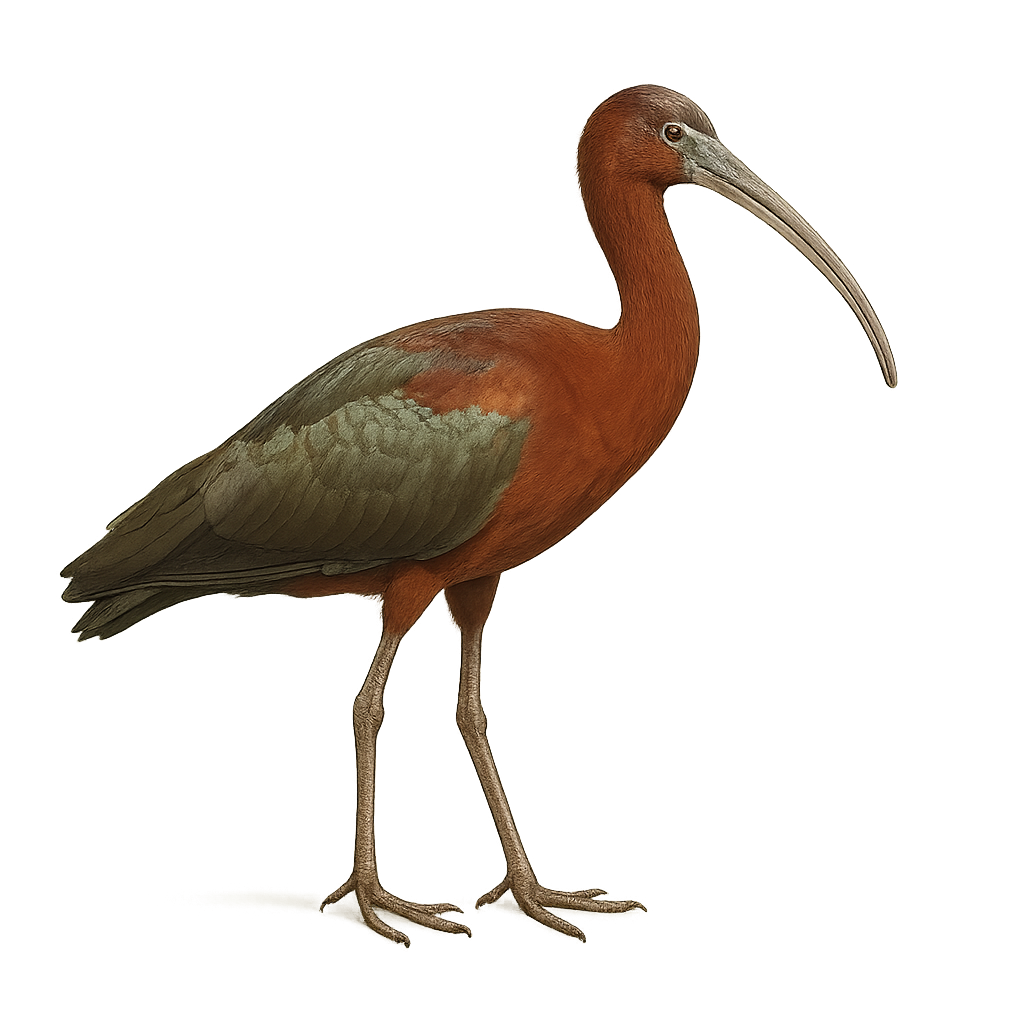Your wildlife photography guide.
Explore the glossy ibis in detail, study its behavior, prepare your shots.
Where to observe and photograph the glossy ibis in the wild
Learn where and when to spot the glossy ibis in the wild, how to identify the species based on distinctive features, and what natural environments it inhabits. The WildlifePhotographer app offers tailored photography tips that reflect the glossy ibis’s behavior, helping you capture better wildlife images. Explore the full species profile for key information including description, habitat, active periods, and approach techniques.
Falcinelle Ibis
Scientific name: Plegadis falcinellus

IUCN Status: Least Concern
Family: ARDEIDAE
Group: Birds
Sensitivity to human approach: Suspicious
Minimum approach distance: 30 m
Courtship display: April to May
Incubation: 20–23 jours
Hatchings: May to June
Habitat:
Wetlands and marshes
Activity period :
Primarily active during the day, with peak activity in the morning and late afternoon.
Identification and description:
The Glossy Ibis is an elegant bird, easily recognizable by its iridescent brown-green plumage and its long, curved bill shaped like a sickle. It measures about 60 to 70 cm in length, with a wingspan of 1.1 to 1.2 meters, and weighs between 350 and 500 g. Its plumage is generally dark, with metallic shades of green and bronze that shine in the light. The Glossy Ibis is also distinguished by its long, slender legs and graceful neck. This bird primarily inhabits wetlands, such as marshes, rivers, and shallow lakes, where it feeds on small aquatic invertebrates, mollusks, insects, and fish. It uses its long, curved bill to probe in the water and mud in search of food. The Glossy Ibis is a migratory species, living in colonies during the breeding season. It is primarily found in Europe, North Africa, the Middle East, and South Asia. While the species is not immediately endangered, it is sensitive to habitat loss and water pollution.
Recommended lens:
300 mm – adjust based on distance, desired framing (portrait or habitat), and approach conditions.
Photography tips:
Use a telephoto lens to photograph from a distance, respecting the species' discreet nature.
Photograph early in the morning or late in the afternoon, when soft light highlights the glossy plumage of the glossy ibis.
Look for it in wetland areas such as salt marshes, ponds, and rice fields, where it primarily feeds on aquatic insects and small invertebrates.
Be patient and discreet to avoid disturbing its natural behavior. Avoid sudden movements and keep quiet.
Respect its natural environment and minimize disturbances, especially during the breeding season.
The WildlifePhotographer App is coming soon!
Be the first to explore the best nature spots, track rutting seasons, log your observations, and observe more wildlife.
Already 1 432 wildlife lovers subscribed worldwide

